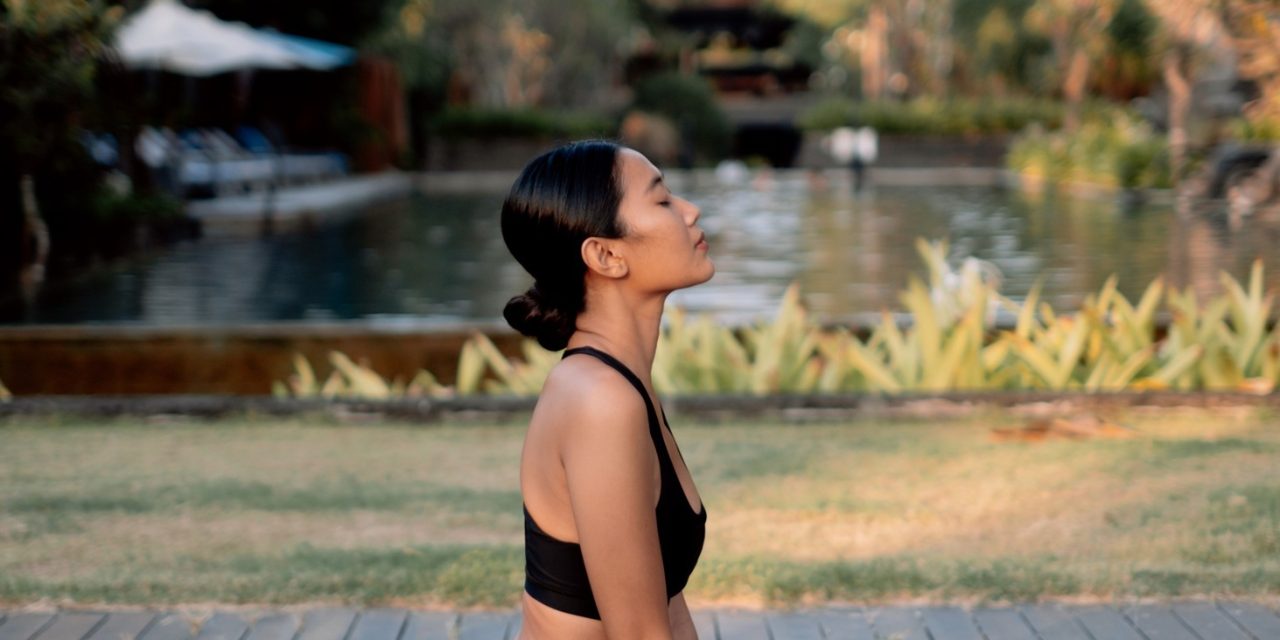The Ubud Art Market in Bali is a vibrant whirlwind of color, culture, and creativity. If you’ve ever strolled through its bustling lanes, you know that it’s a photographer’s dream. With unique handicrafts, local artisans, and the lush backdrop of Ubud, it’s no wonder that I found myself reaching for my camera every few steps. Whether you’re a seasoned photographer or just someone looking to capture memories, here are some handy photography tips for navigating the Ubud Art Market like a pro.
1. Embrace Natural Light
One of the first things I learned during my visit is that natural light is your best friend. The Ubud Art Market is mostly open-air, which means you’ll be blessed with beautiful diffused sunlight most of the day. I remember visiting mid-morning when the light was just right. The wooden carvings glistened and the colorful textiles popped against the sunlit backdrop.
Tip: Avoid harsh midday sun for portraits and close-ups, as it can create unflattering shadows. Golden hour—just after sunrise or before sunset—is always a good choice. You’d be surprised how much of a difference it can make in your shots.
2. Get Up Close and Personal
One of my favorite things about the art market is the incredible craftsmanship on display. Rather than taking wide, generic shots, I found that zooming in on details really brings out the beauty of the items.
Practical Example: I once captured an intricate batik cloth, focusing on the vibrant patterns and the artisan’s hands as they worked. Not only did this shot stand out, but it also told a story about the culture and effort behind the creation.
Tip: Use your camera’s macro setting or get as close as possible to capture texture and detail. Don’t be shy; crouch or shift angles to get the perfect shot.
3. Play with Composition
While wandering through the market, I noticed that incorporating the environment can enhance your photos. For example, positioning a piece of art against the bustling market backdrop can create dynamic images.
Relatable Scenario: I was photographing a beautiful woven basket. Instead of focusing solely on the basket, I framed it with vendors in the background, showing the lively atmosphere. The contrast between the busy market and the intricacy of the basket made for a compelling image.
Tip: Use the rule of thirds. Imagine your frame divided into nine equal parts; try to place points of interest along those lines or at their intersections. This simple technique can elevate your photography.
4. Don’t Forget the People
The heart of the Ubud Art Market is undoubtedly its people—the artists, the shoppers, the delighted customers. Capturing candid moments brings life to your photography and often tells a deeper story.
Personal Anecdote: During my visit, I spotted an elderly Balinese man meticulously painting traditional designs on a wooden figure. Instead of posing him, I simply asked if I could take his picture as he worked. His gentle smile and concentration became a favorite shot of mine and highlighted the spirit of artistry in Ubud.
Tip: Always ask for permission when photographing people. A genuine interaction can not only enhance your photos but may also lead to some unforgettable stories.
5. Capture the Atmosphere
The Ubud Art Market is not just about the objects for sale; it’s about the ambiance. From the sounds of gongs in the distance to the tantalizing smells wafting from nearby food stalls, everything contributes to the experience.
Practical Advice: Consider bringing a small audio recorder or taking brief video clips alongside your photography. I once recorded a local musician playing a bamboo flute—a sound so uniquely Ubud that it perfectly complemented my photographic memories.
Tip: When you get home, pair your favorite photos with anecdotes and sounds from your visit to create a multi-layered memory.
6. Experiment with Angles and Perspectives
I can’t stress enough how different an image can look from various angles. One moment, I was standing straight with my camera at eye level; the next, I was lying on the ground to grab an interesting shot of pet owners and their dogs weaving through the market.
Insight: Change your perspective. Consider climbing to a higher vantage point or kneeling low to the ground. Your images will feel more dynamic and engaging with this simple adjustment.
Tip: Don’t be afraid to shoot from unconventional perspectives. Sometimes the best shots come from the most unexpected places.
7. Always Keep Your Gear Ready
Lastly, Ubud can be an unpredictable place. While you may have planned to shoot only arts and crafts, you might come across a local ceremony or a street performer that steals your heart.
Relatable Scenario: I was walking back to my hotel when I stumbled upon a traditional dance performance. Thankfully, I had my camera ready. The spontaneous shots of the dancers were some of the most memorable from my trip.
Tip: Always keep your camera gear accessible and in a state of readiness. Quick access can mean the difference between capturing an unforgettable moment or letting it pass by.
Conclusion
The Ubud Art Market is a multifaceted gem overflowing with photographic opportunities. By embracing natural light, focusing on details, capturing the essence of the people, and being open to spontaneous moments, you can elevate your photography to new heights. So grab your camera, wear comfortable shoes, and dive into the vibrant world of Ubud—you won’t regret it! Whether you’re sharing your photos with friends or simply trying to preserve memories from your travels, these tips should help you capture the spirit of this enchanting market and bring a piece of Bali home with you, one click at a time. Happy shooting!






